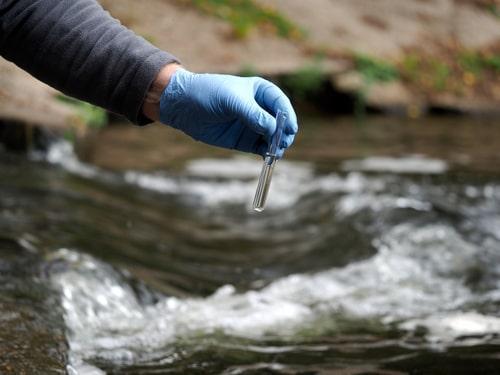Are Pittsburgh Residents Exposed to Cancer-Causing Chemicals in Water?

In the United States, people expect to be able to live safely in their homes and minimize risks to their health during their daily lives. Unfortunately, many people are affected by issues that are outside of their control, including toxic substances in the environment. This is a significant issue for people in Allegheny County and Western Pennsylvania. Due to the large number of steel mills and other industrial facilities in the area, multiple types of toxic chemicals have been released into the watershed, increasing the risks of cancer for area residents. Those who have contracted cancer or other conditions that may have been caused by exposure to toxic substances will need to determine their options for pursuing compensation from the companies that were responsible.
Carcinogenic Chemicals in the Pittsburgh Water Supply
The state of Pennsylvania has the third-highest rate of cancer in the United States. Around half of Pennsylvania's residents will be diagnosed with cancer during their lifetimes, and around 20 percent of Pennsylvanians will die of cancer. Allegheny County has even higher rates of cancer than the rest of the state, especially for forms of cancer such as lung cancer, breast cancer, bladder cancer, colon cancer, and non-Hodgkin's lymphoma.
While there are multiple factors that have led to the high rates of cancer in the Pittsburgh area, carcinogens in the watershed are likely to be one of the primary causes. Reports by environmental groups have found that multiple types of cancer-causing chemicals are present in the water supply at unsafe levels, including:
-
Bromodichloromethane - This chemical can form when chlorine is added to water and combines with organic compounds. It has been classified as a "probable human carcinogen." The levels of this chemical in water from the Pittsburgh Water and Sewer Authority are three times the national average and twice as high as in the rest of the state of Pennsylvania.
-
Hexavalent chromium - This chemical, which is used in paint and dye and is a byproduct of chrome plating, has been found in Pittsburgh's water supply at rates higher than the national average. It has been associated with stomach cancer, as well as an increased risk of damage to the liver and reproductive system.
-
Chloroform - Industrial waste and chlorine treatments may cause this chemical to enter the watershed. It has been detected at levels higher than the national average in Allegheny County. Chloroform has been associated with multiple forms of cancer, as well as infertility, birth defects, and damage to the kidneys, liver, and nervous system.
-
Dibromochloromethane - This byproduct of chlorine water treatments may cause cancer, and it can also affect fetal growth and development.
-
Dichloroacetic acid - This chemical is another byproduct of water disinfection, and it has also been associated with cancer and issues that affect pregnancy.
-
Nitrate - This contaminant may enter water through agricultural runoff or discharge from wastewater treatment plants. It has been linked to kidney, bladder, thyroid, ovarian, and colorectal cancer, as well as birth defects.
Contact Our Pittsburgh Toxic Chemical Exposure Lawyers
The chemicals listed above are just some of the cancer-causing substances that have been found in the water supply of Allegheny County. If you or a loved one has been diagnosed with cancer, and you believe that toxic chemicals in the environment may be to blame, it is important to understand your legal rights and options. Our Allegheny County toxic chemical injury attorneys can help you determine the causes of your injuries and pursue compensation from the companies who were responsible for releasing harmful substances into the environment. Call us today at 412-680-7877 to schedule a free consultation.
Sources:
https://www.ehn.org/there-are-concerning-carcinogens-in-western-pennsylvania-water-2641070249/particle-1
https://www.ewg.org/tapwater/state.php?stab=PA
https://www.ehn.org/cancer-in-pittsburgh-pollution-hampers-prevention-progress-2628074364/particle-3

 412-680-7877
412-680-7877






